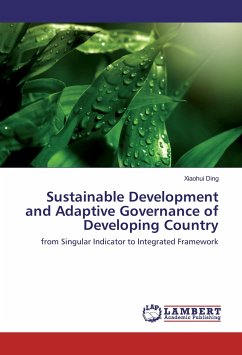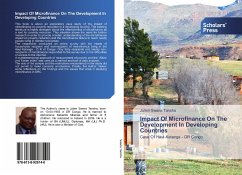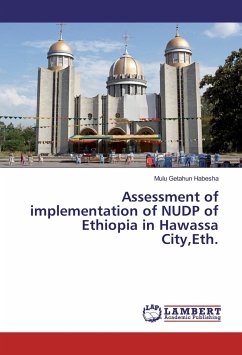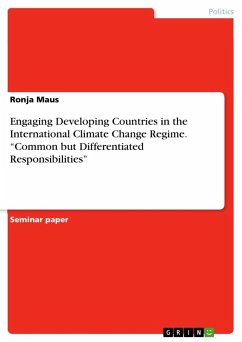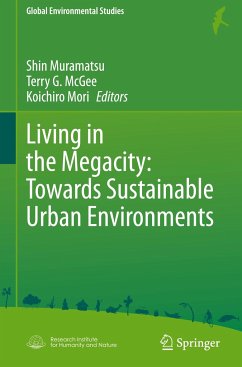
Urban Development Constraints in the Developing Countries
Emphasis in developing countries
Versandkostenfrei!
Versandfertig in 6-10 Tagen
43,99 €
inkl. MwSt.

PAYBACK Punkte
22 °P sammeln!
Today, there is a high increase in the world's population who live in urban areas, urbanization can improve living standards, but also this has negative consequences. There is a variation between urban problems in the developed countries and the developing countries, as a result of the poverty, social and economic problems, and the weak capabilities in the developing countries. The volumes of the problems make us in question; if the developing countries can solve those problems? how? , and when? The book defines three types of the constraints of the urban development in the developing countrie...
Today, there is a high increase in the world's population who live in urban areas, urbanization can improve living standards, but also this has negative consequences. There is a variation between urban problems in the developed countries and the developing countries, as a result of the poverty, social and economic problems, and the weak capabilities in the developing countries. The volumes of the problems make us in question; if the developing countries can solve those problems? how? , and when? The book defines three types of the constraints of the urban development in the developing countries those constraints are: The physical constraints which affect the volume of needs, Economical capacity constraints affect the quality and quantity of urban development , and The capacity of political and institutionalization systems. The conclusion of this book gives flexible and associated classification for the urban development constraints in the developing countries with determinations for the effects of each constraint which will help in the planning for the urban development. Sudan -author's country- is taken as a case study.




